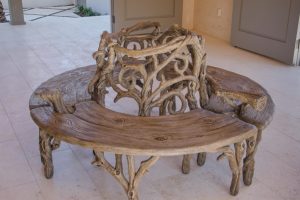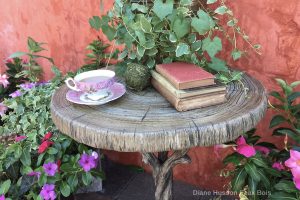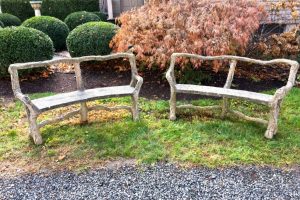I was with a group of friends the other evening when the conversation turned to loss and healing. We all had spent several decades on this turbulent planet and carried the inevitable scars from loss and fighting ongoing emotional battles.
“We may be emotionally healed, but the scars never go away,” my friend Michael declared to the group.
As I thought about his statement, I began to realize how much we try to cover up the scars of our lives’ struggles. Society values the appearance of perfection. It drives us to hide the effects of our losses, failures, age, and pain.
Because I’m a practitioner of the nearly lost art of concrete “faux bois”, I study wood in all states of growth and decay, in order to transform my vision into sculpted furniture that looks like trees and branches.
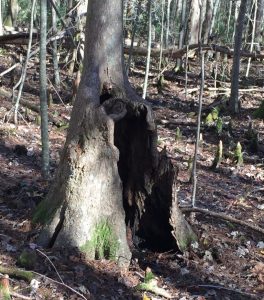
Every tree’s history makes it unique
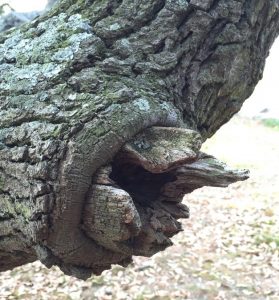
I like to learn the history of a tree from its scars.
In the world of trees and wood, I found that perfection is very boring. Trees get more beautiful over the years as they struggle to overcome challenges like wind and weather. Their imperfections from enduring these hardships give them amazing character and beauty.

Burl wood is prized for its texture and grain
When a tree loses a limb, layers of growth form around the area creating a scar, better known as a knot. The unique texture and grain in burl wood is caused by certain stresses that produce a growth, or deformity in the wood. This beautifully deformed (or as I now prefer to say, “formed”) wood grain is highly prized by many sculptors and wood artisans.
Live oaks, junipers, and many other types of trees withstand strong winds and brutal weather conditions. Over their lifetimes, those bending and twisting branches are transformed into lively, lyrical shapes that make them appear to be dancing works of art.
I strive for beauty, not perfection
When I take nature walks through the forests here in Virginia, I am constantly amazed at the uniqueness and beauty of trees. No two trees are alike, even if they are the same variety and were planted at the same time in the same place. I have a library of thousands of photographs of trees and specific wood details that I have taken through the years. Much of my library is dedicated to trees’ perfectly lovely imperfections. These details inspire me the most when I am sculpting my garden furniture.When I’m sculpting details into my faux bois benches, tables and chairs, I don’t seek to imitate “perfectly” straight tree trunks, or branches free of twists or knots. Quite the contrary. When I sculpt my garden furniture, I give each piece an imagined history. I consider it a success when I can tell this story with splits, twists, knotholes, wormholes and peeling bark. When I recreate wood planks for the seats of my faux bois benches, I prefer the appearance old weathered planks with splits and nail holes. I find a piece of wood with the appearance of age and history much more interesting than perfectly straight boards.

Nature provides the inspiration for my work

A faux bois tree for the Norfolk Botanical Garden
So the next time you feel a need to hide your imperfections, consider trees. They proudly display their scars as a testimony that they endured whatever nature threw at them and survived, and even thrived. Like trees, we all have stories to tell. Scars are a part of our unique individual histories. They don’t limit or define us, but if emotional healing takes place, they can give our character depth and transcendent beauty.
For more information about faux bois furniture, or to commission a special piece for your home or garden, please visit my website:fauxboisfurniture.com

